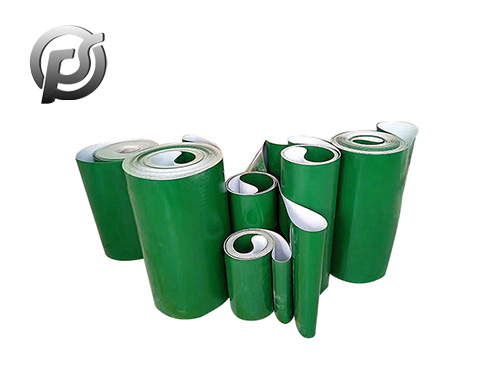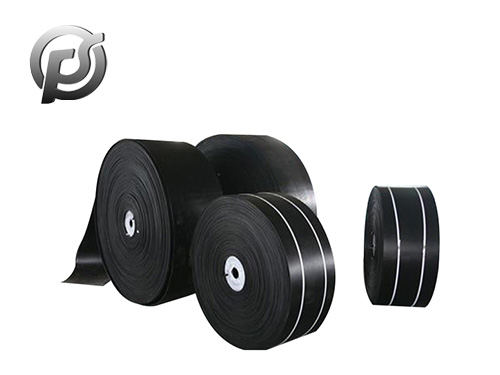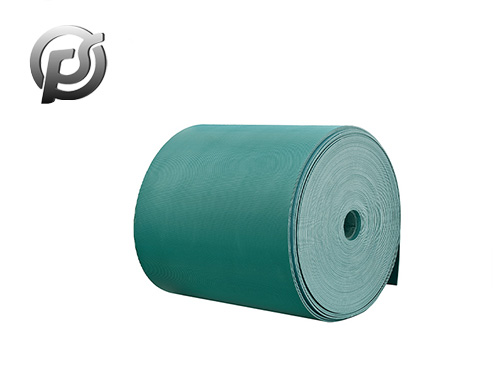Polyurethane timing belt and rubber timing belt are important components widely used in mechanical transmission systems. They can precisely synchronize the rotation of power sources and transmission components, thereby ensuring the normal operation of mechanical equipment. However, in practical applications, there are large differences in the performance of polyurethane synchronous belts and rubber synchronous belts, which requires us to conduct in-depth analysis and understanding of their differences.
Polyurethane timing belt, also known as PU timing belt, is a common material. It is mainly made of thermoplastic polyurethane and high-strength steel wire. The thermoplastic polyurethane is extremely wear-resistant, and the various cores inside can maintain good movement performance during transportation. The open type PU synchronous belt is reliable in transmission and stable in size. During the production process, the green cloth can be added to the tooth surface or back to achieve a mute effect. This ensures that the specificity of operation in a particular application remains unchanged. Of course, adding thick polyurethane to the back of the belt can also effectively prevent high corrosion and high load
Polyurethane synchronous belts are generally made of nylon wire (or steel wire, copper wire) as the tensile body, and polyester casting, which has the characteristics of oil resistance, impact resistance and beautiful appearance.
Rubber timing belts are mainly composed of neoprene and auxiliary materials, depending on the product use. Its skeleton material is fiberglass rope, while the fiberglass strength layer is a rope wound helically along the width of the tape at the nodes. This kind of synchronous belt has the advantages of high strength, low elongation, corrosion resistance and heat resistance, etc., and exhibits its excellent characteristics in the field requiring reverse belt drive and auxiliary drive linkage, such as strong winding performance, high tensile strength, Accurate meshing and low signal-to-noise ratio.
In short, when choosing to use these two synchronous belts, we need to conduct detailed consideration and comparison according to the actual situation and requirements in order to choose the most suitable solution.
 Optimizing Operations with PE Conveyor Belts: Durability, Efficiency, and Versatility
Optimizing Operations with PE Conveyor Belts: Durability, Efficiency, and Versatility
 Exploring the Efficiency and Versatility of Light Conveyor Belts
Exploring the Efficiency and Versatility of Light Conveyor Belts
 Polyester Conveyor Belts: Enhancing Efficiency and Reliability in Material Handling
Polyester Conveyor Belts: Enhancing Efficiency and Reliability in Material Handling